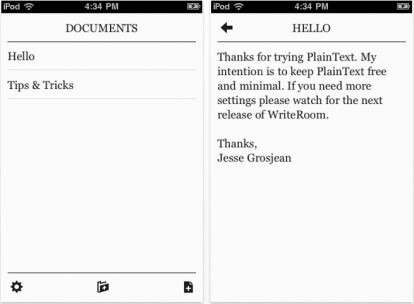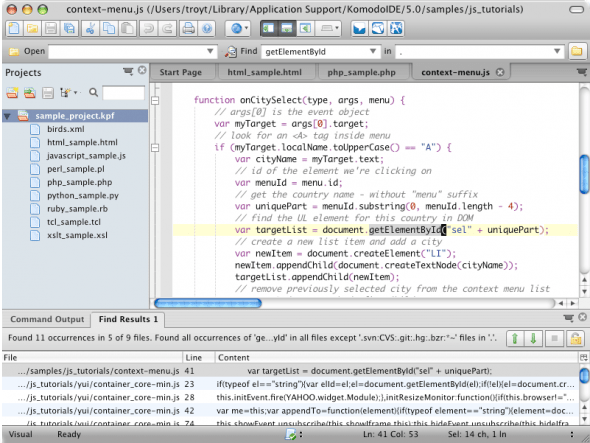

Converting a document to plain text removes all formatting You can always convert a TextEdit plain text document back to a rich text document, but that only applies to new formatting you won’t get your original formatting back. The result will be clean, simple, plain text. Ulysses really comes into its own when it comes to exporting your writing.
Plaintext editor for mac plus#
Some themes let you change how the editor displays your elements, plus you have the opportunity to create your own themes. This adds additional syntax for elements like videos, annotations, comments, block quotes, and more. For working with Markdown, you can choose from regular Markdown and what Ulysses calls Markdown XL. You have the ability to customize how these elements appear in the app’s preferences. Links appear in-line, and bold and italics are both emphasized. Your syntax is still visible while writing, but so too is the formatting that this markup applies to your text. It might not be the most powerful text editor for the Mac, however, it is fairly capable. Other features include the ability to quickly find files, print files, use symbol list to quickly navigate in a file, built-in Emmet support and more. I also love that the text editor allows users to work in multiple tabs making it easier to review or consult your own code. Adobe has developed Brackets as an open-source project which is supported by its active and passionate community.
Plaintext editor for mac free#
While this text editor has been designed by Adobe, which is famous for its subscription pricing model, Brackets is a completely free text editor. Microsoft reserves the right to modify or discontinue offers at any time. Office 365 troubleshooting tool for microsoft. Price discount does not include taxes, shipping or other fees. Void where prohibited or restricted by law. But sometimes it’s best to use TextEdit Plain Text Mode, which eliminates all formatting and, you guessed it, produces only plain text. *Which are, in turn, actually folders with more files inside of them, but OS X treats them as single files, so let's just pretend they are for simplicity's sake.TextEdit offers powerful rich text formatting options.
Plaintext editor for mac mac#
So while almost any Mac application (including Sublime Text) can be "run" from a USB stick, preferences and other user data will still be local to the machine. And while this should apply to the vast majority of Mac applications, I can personally attest that it works fine when run off of an external drive.Įdit: Rereading this answer two years later, there's one caveat I forgot to mention-most Mac applications will save user data to your home folder (and specifically your Library folder) regardless of where they are run. It also does all of the syntax highlighting you'd want for editing Javascript.

It's what I personally use, and it's free (with occasional nags encouraging you to donate). app file to the USB stick to "install" it, and delete it when you're done.Īs to a specific recommendation: Check out Sublime Text. The point I'm trying to make here is that just about any Mac application can be run from a USB stick. There is also nothing stopping me from moving an app to an external drive and running it from there. I, for example, have all of my games in a special "Games" folder that's separate from "Applications".

You can place the application wherever you want.

app file to the "Applications" folder that's preinstalled on any Mac, but you don't have to move it there. "Installing" an application usually consists of moving the. You can move app files wherever you want, and double click on one to launch it. First: generally speaking (which is to say, in a majority of cases), applications in OS X are just files with a.


 0 kommentar(er)
0 kommentar(er)
